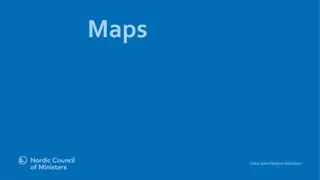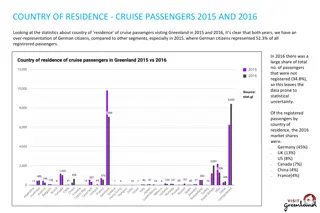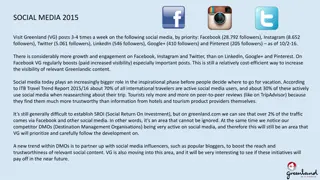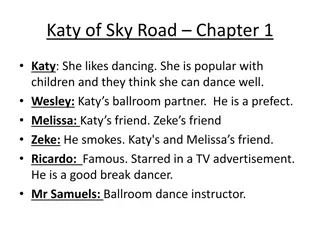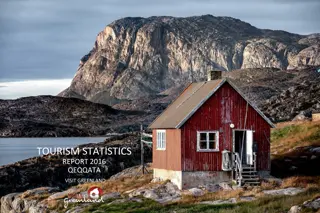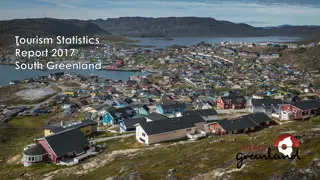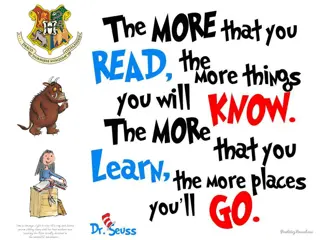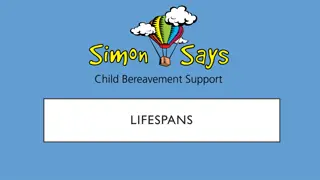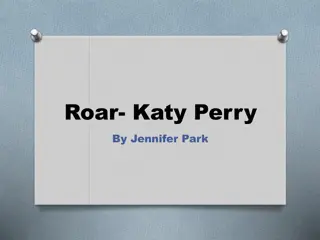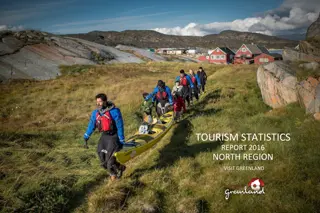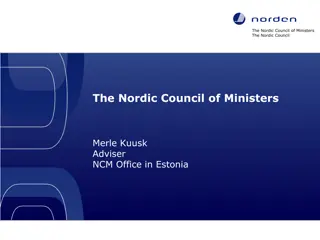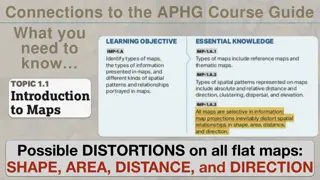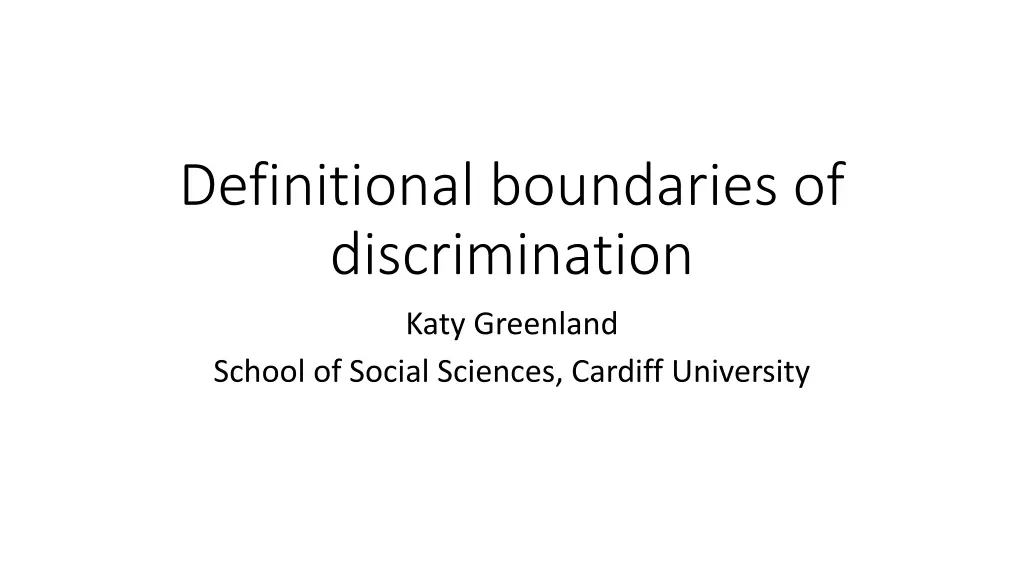
Boundaries of Discrimination in Social Practices
Explore the boundaries between discrimination and non-discrimination in everyday social interactions, analyzing the challenges in claiming discrimination. Qualitative interviews and critical discourse analysis shed light on the distinction between hard and soft racism, as well as the gaps in cross-group friendships. Shared social representations and the role of discrimination as a last resort explanation are key conclusions.
Download Presentation

Please find below an Image/Link to download the presentation.
The content on the website is provided AS IS for your information and personal use only. It may not be sold, licensed, or shared on other websites without obtaining consent from the author. If you encounter any issues during the download, it is possible that the publisher has removed the file from their server.
You are allowed to download the files provided on this website for personal or commercial use, subject to the condition that they are used lawfully. All files are the property of their respective owners.
The content on the website is provided AS IS for your information and personal use only. It may not be sold, licensed, or shared on other websites without obtaining consent from the author.
E N D
Presentation Transcript
Definitional boundaries of discrimination Katy Greenland School of Social Sciences, Cardiff University
Overview of the project How do we define the boundaries between discrimination and not discrimination in everyday social practice? What do these practices achieve in making it more or less difficult to make a claim of discrimination ? Qualitative interviews and focus groups with minority and majority participants Verbatim transcription Broadly critical discourse approach/ dialogical analysis
Data and analysis Andreouli, Greenland, & Howarth (2016) Racism as othered End of racism discourse Greenland & Taulke-Johnson (2017) Discrimination as socially constructed Catch-22 of challenging banter Greenland, Andreouli, Augoustinos, & Taulke-Johnson (under review) Distinction between hard and soft racism Intention arguments Difficulty of evidencing discrimination Greenland, Andreouli, Augoustinos, & Taulke-Johnson (in preparation) Gaps between majority and minority accounts of cross-group friendship: tautology of friendship
Key conclusions Shared social representions of the definitional boundaries of discrimination And these are non-performative (Ahmed, 2006) Discrimination as an explanation of last resort (see also Kirkwood, McKinlay, & McVittie, 2013)
Intellectual humility and arrogance Semantic arrogance Intellectual arrogance at group level: majority accounts of cross-group friendship
Semantic arrogance Othering of racism to people who are ignorant, or unexperienced, or not educated Ironic race talk
Semantic arrogance: othering of racism Annabelle:.. a guy I used to work with called [[x]] he was racist and he genuinely didn t know why. We had the kind of.. he was a really nice guy and not malicious..and I know you think how can someone who is racist not be malicious but he was racist and didn t know why literally. Oh my dad said it..oh my granddad said it . Its learned behaviour. Tod: it s also people who spent.. live and are born and died within I don t know 30 square miles and they have only been around the same people with the same views and their mum did the same as their mum etc. That s when you have got that sort of thought process which is like I don t need to go further than what I already know as that s scary. It s gonna be scary. Like people like that outside world learning more about it is gonna be scary with this other . Anyone who s different who has been painted in a certain way is always gonna be seen as bad in this mocking way.
Semantic arrogance: ironic race talk Annabelle: I think when it s appropriate is when it s used in comedy ..where racist jokes are told to point out the absurdity of what being racist is or to point out the absurdity of being homophobic or sexist or anything like that and how absolutely unnecessary and ruthless it is. I think when its used in that kind of intelligent way where you know you could you know almost question the person that s said it and they would back it up. That s when you know. When it s said in a flippant back hand banter laddy way and you know you could quiz them about it and they d just say oh it was funny and that s their response then that s when I suppose it s a problem Tod: That is the line..I suppose if you were gonna draw any kind of line with this it would be that.
Intellectual arrogance at group level Self- evident arguments that draw on wider symbolic resources e.g., banter within friendship Lack of curiosity about minority experience Collaboration and reinforcement within focus groups
Intellectual arrogance: banter Ross: Yeah remember when I said we called him Gay Bob and he was laughing at me. Said it was a class nickname. Ryan: Yeah I wouldn t ever have said anything to him to be nasty. He was nice. Gay but nice. He was our gay friend but he was like one of us weren t he. If anyone else said anything to him I think I would have said something to them. Ross: Yeah because then uh, they would have been saying it to provoke him like, but he knew us and we knew him. We knew he was gay um, so um, had I don t know what the word is. Respect for him? Tom: ... No lad wants to be called it do they. But we could call him it he didn t mind.
Intellectual arrogance: challenging banter Yvonne: well you might get there might be something that is said erm completely innocently that somebody thinks oh well I don t like that and you just give them a glare or you say I don t like that one you can call me whatever else you want but don t call me that and it doesn t get used again. Well I think between a group of people who know each other, normally you can dispel it very quickly Janet: it s no different to any of us you know like people get called slappers or things like that Yvonne: yeah Janet: and they ve been mucking about and you know we just give some abuse back don t we [[Laughs]]
Summary Definitional boundaries of discrimination Semantic arrogance Intellectual arrogance at a group level Collaboration and reinforcement within majority groups Lack of curiosity about minority experience




